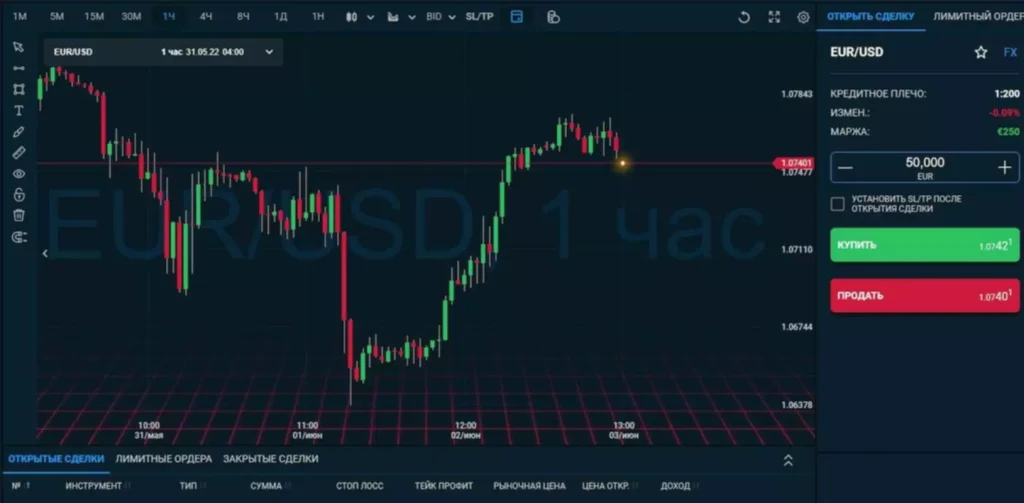Content
These strategies can be designated into two broad categories namely, fundamental and quantitative investments. Sarwa Digital Wealth Limited’s registered address is , WeWork Hub 71, Al Khatem Tower, ADGM Square, Al Maryah Island, Abu Dhabi, United Arab Emirates. Sarwa Digital Wealth Limited is a privately owned investment advisory. Our aim is to offer customers the simplest and most cost-effective way to invest their earnings for long-term financial growth.
There are 2 most popular options in passive investing – 1) Index Funds 2) ETFs. As an investor, a passive or active https://xcritical.com/ style may be best suited to your needs. Importantly, neither type of investing is outright better than the other.
“A key benefit of active management is the ability to protect against downside in falling markets,” according to Waverton Inc., an investment management company in London. The idea here is that active managers can quickly buy and sell in volatile markets or turn failing stocks in bear markets into cash or bonds to prevent more loss. Some passive investors like to pick individual companies to invest in for the long term. For example, a passive investor might buy shares in blue-chip stocksand plan to hold them for the long term. That means making more money when the market is good and losing less money — or even continuing to make money — when the market does poorly.
Passive Investing:
Passive investing may carry lower charges than active investing as the number of trades will be lower and the long-term capital gains tax is meant to be far less expensive. Traders will have to keep up with price fluctuations constantly to spot the right opportunities. But it is known to work only when you pick the right investments that can help you hit your long-term goals and survive the test of time.

Even with a professional property management team on board, you as the landlord still have an active role in the investment. On the other hand, beating the market may require keeping weekly, daily, or even hourly tabs on every stock in the portfolio. After all, every price fluctuation may be an opportunity to buy or sell. The active vs passive investing world of investing is chock-full of strategies designed to achieve one goal – profits. Some strategies work like an F1 car, zooming across multiple criss-cross turns to reach the goal. Since passive funds follow the benchmark index, changes in the structure of the benchmark index automatically gets reflected in passive funds.
In fact, regular portfolio rebalancing is an important part of any passive investment strategy. However, passive investors will likely check in their portfolio on a minimal basis of once a quarter or less. People who choose a passive investing strategy can manage their own portfolio or work with a low-cost investment advisor who uses buy and hold strategies.
For example, Live Mint, a financial news agency, suggests a passive investing approach for large-cap stocks and an active investing strategy for mid-cap and low-cap stocks. They also suggest using passive investing to access unfamiliar markets (international non-US markets) and active investing for niche segments. If you are a long-term investor, passive investing is a better option.
What is the Meaning of Active Investing?
A single tenant can rent out the entire office space to grow their own business, or multiple companies can each operate their headquarters out of the same office building. Beyond Silicon Valley, into key markets across the nation, startup culture has successfully spread. Office buildings are a less volatile asset class because, like retail stores, office tenants frequently sign multi-year leases.

Passive investors almost always try to stay the course with their chosen investments. Exchange-traded funds are like mutual fundsin that they let investors buy and sell shares in multiple businesses while only dealing with a single fund. Unlike mutual funds, you can buy and sell ETF shares throughout the day, making them more suitable for active traders. Many ETFs track market indexes or industries, letting investors make bets on specific areas of the market.
#8 – Team
Active fund managers argue that their higher fees are more than offset by index-beating returns. Passive fund managers point to only a small number of active funds managing to beat their passive counterparts over a period of five years or more. Fees are higher because all that active buying and selling triggers transaction costs, not to mention that you’re paying the salaries of the analyst team researching equity picks.

If you’re investing outside your local area, you would need to research the market, find a “boots on the ground” team, and possibly visit the area. With active investing, if things go south, you are personally held liable, which means you may lose not just the property but also your other assets. An index ETF like Nifty BeES is one of the best examples of a passive investment. The portfolio of an index ETF will mirror that of the benchmark index like the Nifty 50 that it is made after. The portfolio of an index ETF only changes occasionally and is generally on autopilot. Active investing is known to fare well when it comes to returns but can require high effort combined with more fees.
What Do Active Investors Invest In?
While it is bad enough that most active funds underperform the market, it is even worse that the number of those who fail increases as the time horizon increases. That is, more active funds have underperformed the S&P 500 over the past 20 years (86%) than over the last three years (79.2%) as we saw in the SPIVA report. On the other hand, you can purchase a fraction of a passive or active ETF with the little amount you have. Also, digital financial advisors like Sarwa that create a portfolio of passive funds for investors have very low minimum investment requirements (it is $5 for Sarwa).
- V Wealth Advisors and all its DBAs are also separate entities from LPL Financial.
- On the other hand, you can purchase a fraction of a passive or active ETF with the little amount you have.
- Instead, they prefer an easy-to-manage strategy where they make a single investment and let it ride.
- You see, the active investment industry can’t make a living out of this simple, low-cost strategy.
- Active funds have fared most poorly in the North America and Global sectors, with only 22% and 30% respectively of active funds beating passive funds.
- Some take an active hand; others focus on buying and holding the same securities for the long term.
Keep in mind that any complex with more than five multifamily units is classified as commercial real estate and will be subject to different tax obligations. High-quality vacation rentals can assist you in converting a long-term hold into your future dream home, benefiting from exchange rates, and paying off a mortgage with rental income. A premium is charged when other investors divide up sizable lots into smaller pieces. Investments in undeveloped land can be converted into rental spaces for businesses or homes with the appropriate licenses. Having a piece of land whose value increases on the market can be profitable for some investors.
The choice of fund depends on what you want to achieve out of your investments. Here are some very simple factors you should consider before choosing between two strategies. Most of the actively managed funds charge their investors a fee known as exit load, which is charged by fund manager for his services at the an investor decides to exit the fund.
Those who own a home or business will find it relatively simple to comprehend single-family rental income taxes. Every year, you must report the rental unit’s profit and pay taxes in accordance with your income level. Rent payments, move-in fees, security deposits, and pet fees can all be used to generate income from renting out your property.
What Is An Accredited Investor? – Your Complete Guide
The best kind of investment property is a matter of opinion, despite the fact that many investors would prefer a clearer answer. When they are home to well-liked retail establishments like fast food restaurants and daycare facilities, strip malls made up of several venues have the potential to produce high returns on investment. In the commercial real estate market, retail properties offer some of the most varied opportunities.
Chose Active investment strategy/funds if
What was once “trade secrets” is now common knowledge and it’s becoming more difficult for fund managers to gain an advantage over the market. In an attempt to achieve its aim – that is, outperform the market – active management strategy often involves the frequent purchase and sale of securities . Your responses to these questions will determine whether active or passive investing suits you better.
So, which strategy should you embrace between active and passive investment? We’ll answer that question in this article by considering the pros and cons of both strategies and the key factors you should consider before choosing one or the other. In August 2018, the portion of US domestic equity funds that were passively managed exceeded those that were actively managed for the first time, according to Bloomberg Intelligence. Then, by the end of 2020, passive funds had already taken 54% of the US domestic equity funds market. You can also have a mix of both passive and active strategies with acore-satellite approachto build your desired portfolio. As the name suggests, this approach assumes that you use index funds as the main component of your portfolio along with a selection of actively managed funds .Best of both worlds.
As the market fluctuates, the investor looks for opportunities to improve their portfolio. Active investing strategies tend to cost more than passive ones. Most active investment managers charge a fee based on a percentage of your assets.
What Is Active Investing?
A risk-adjusted return represents the profit from an investment while considering the level of risk that was taken on to achieve that return. Controlling the amount of money that goes into certain sectors or even specific companies when conditions are changing quickly can actually protect the client. Tan Hui Koon, director and chief investment officer at Akru, says the Fed’s tightening will likely slow US inflation, but it could stay high for a while. Along the way, its rate hikes are likely to cause a recession, foretold by the current inverted yield curve, which shows investors are paying more for short-term bonds rather than long-term ones. The biggest drag on its portfolio was its exposure to Asian markets, in particular China. Its investments in the European market have also underperformed.